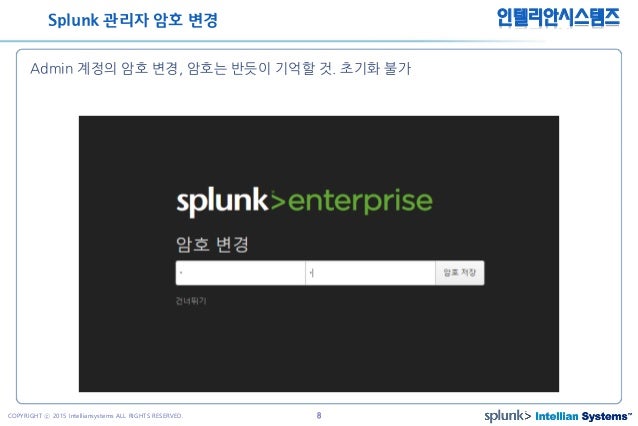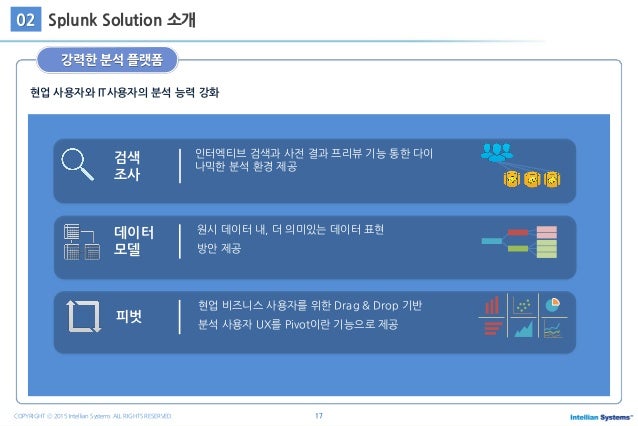
Delete the data from your test index and start over, if necessary.If necessary, tweak your input and event processing configurations further until events look the way you want them to.Did the default configurations work well for your events?.

Do you see the sort of data you were expecting?.Review the test data that you added with the Search & Reporting app.Preview and modify how your data will be indexed before committing the data to the test index.Any data you add to your test index counts against your maximum daily indexing volume for licensing purposes. Create a test index and add a few inputs.To add data, follow these high-level steps: What do I want to do with the indexed data?

Should I use forwarders to access remote data? Where does the data reside? Is it local or remote? You can go to either the Search & Reporting app or the main app page and begin exploring the data that you collected.īefore you start adding inputs to your deployment, ask yourself the following questions: See Use apps and add-ons to get data in.Īfter you configure the inputs or enable an app, your Splunk deployment stores and processes the specified data.
SPLUNK O11Y DOWNLOAD
With a Splunk Cloud Platform deployment, you might need to configure a heavy forwarder or universal forwarder to send the data to your Splunk Cloud Platform instance.Īlternatively, you can download and enable an app, such as the Splunk App for Microsoft Exchange or Splunk IT Service Intelligence. For the most straightforward option, use Splunk Web. The emerging OpenTelemetry specification, however, promises to resolve this issue both from a technical perspective and a market perspective.To get started with getting data into your Splunk deployment, point your deployment at some data by configuring an input. The shift to the kinds of data favoured by DevOps and SRE teams (metrics, traces, and logs) only further exacerbated the problem. Without such a lingua franca, it has proven impossible to achieve an integrated and actionable understanding of the digital environment. One of the issues that have persistently undermined the effectiveness of monitoring has been the lack of a standard syntax and semantics for performance and event-level data. William Cappelli, DevOps Advocate and Specialist

Discover the power of OTel and why it changes everything.Learn how customers can drive innovation with OTel and Splunk’s O11y approach.Practical O11y workshop with an intro into Splunk’s O11y cloud and infra monitoring.Why are market forces aligned to ensure that OTel becomes the standard and how will this affect O11y tech and practice?.What are the key features of OTel and what makes it so effective for O11y?.Why are open standards so important for monitoring and observability and why have they been so difficult to achieve?.

Join us in Paddington to hear from Spiros Xanthos and Morgan McLean - the co-founders of OpenTelemetry - on all things OTel, how & why it was founded, where it is going next and what it means for you in managing these complex environments. This is why OpenTelemetry or OTel has become so important - it is resolving this conundrum by setting an agreed industry led standard for what O11y monitoring is. Throw in too, the dramatic shift to the different kinds of data which are now favoured by DevOps and SRE teams. However, the challenge now is the lack of agreed monitoring standards - syntax, performance level data and approaches. And that is why observability - or O11y for short - has become so important. Traditional monitoring of old doesn’t fit the new requirements of the new world of cloud native and microservices architectures.


 0 kommentar(er)
0 kommentar(er)
